Affiliate links on Android Authority may earn us a commission. Learn more.
2018 was the smartphone camera's biggest year yet
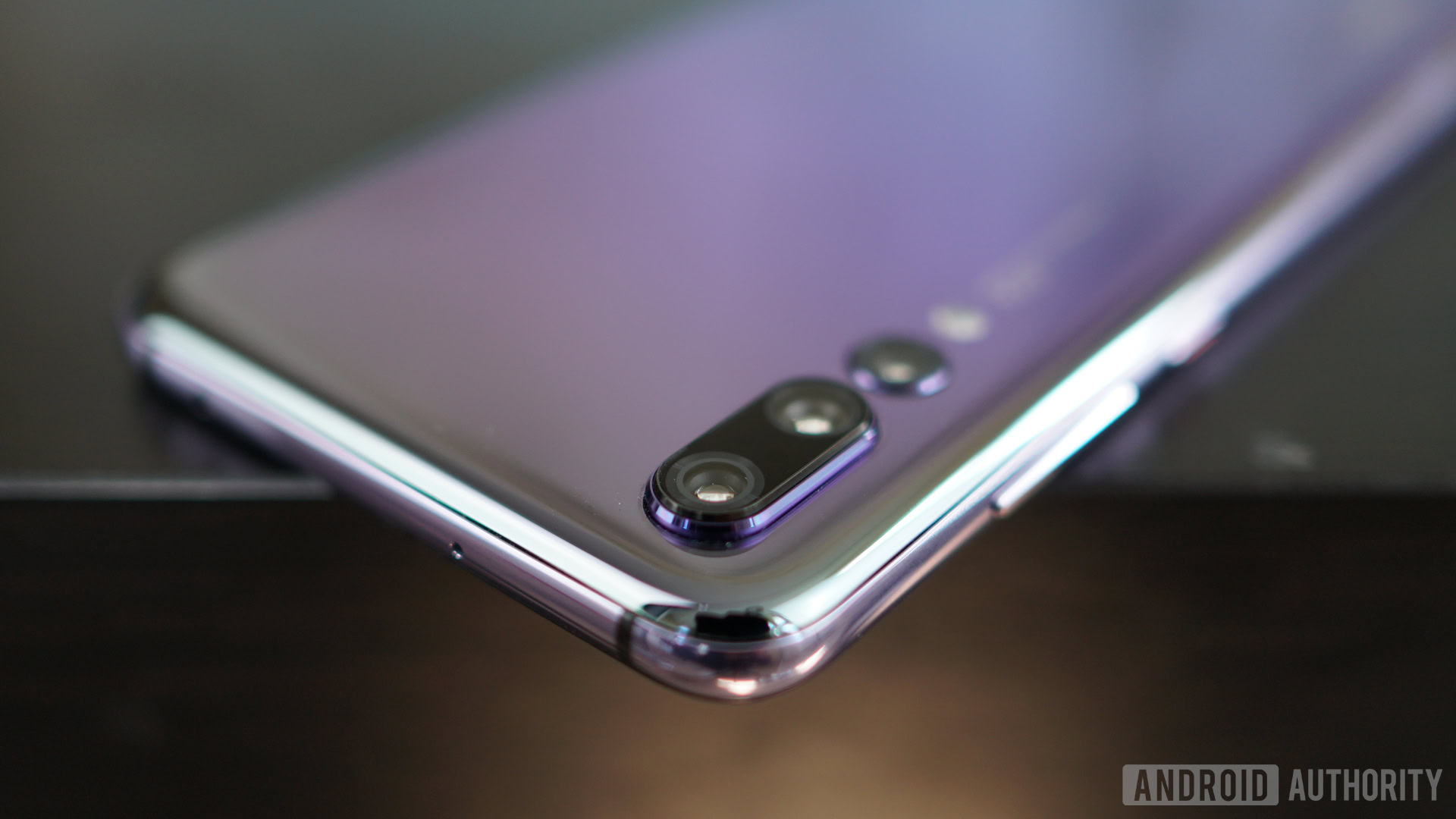
2016 was one of the most important years for smartphone cameras, as the industry moved to diverse dual-camera setups and the Google Pixel showed the power of software processing. 2017 was more a transition year, but 2018 saw another big jump for mobile cameras.
There’s reason to believe it was the most notable year yet for smartphone shooters.
The rise of triple cameras
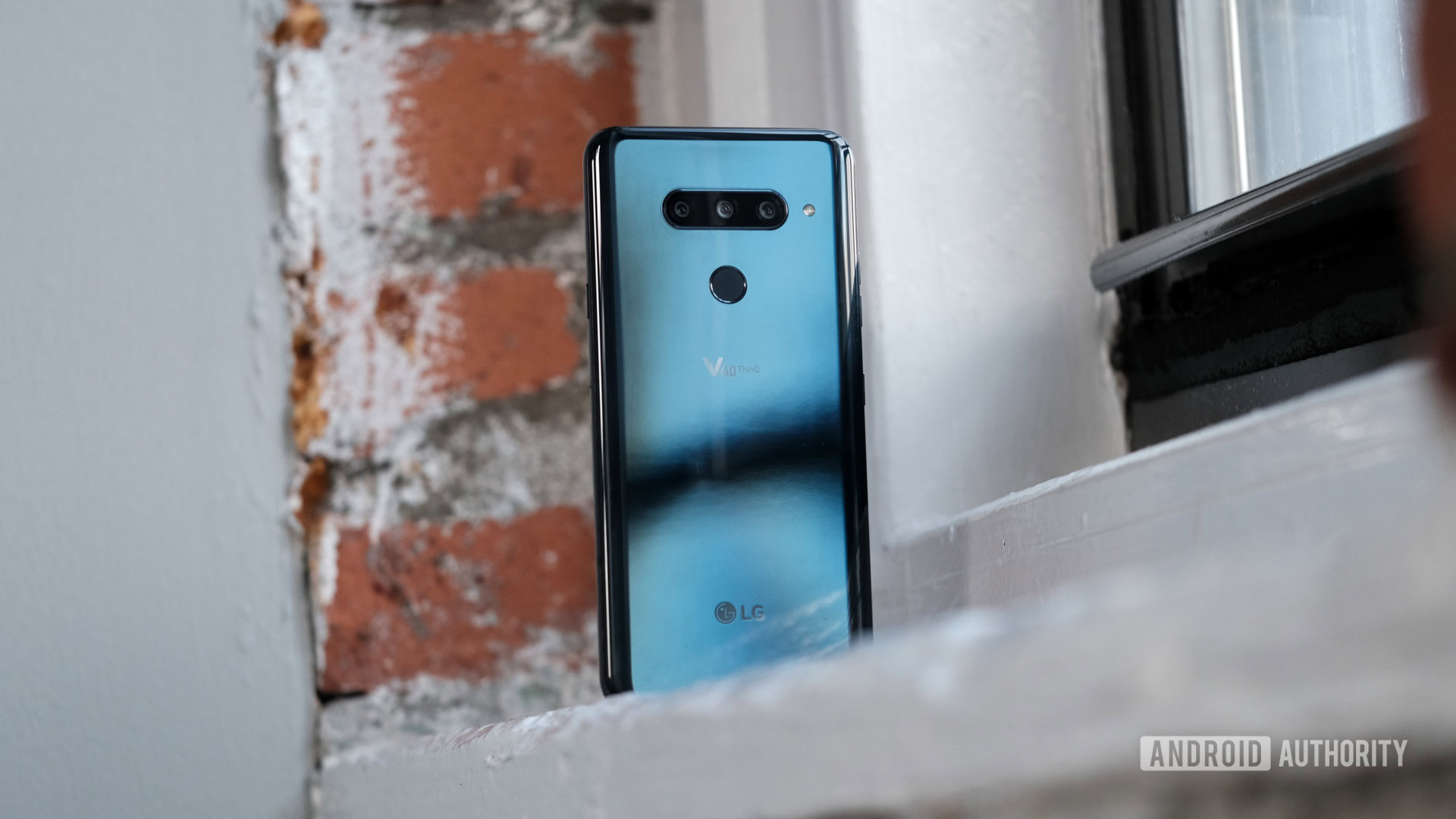
Dual-camera smartphones more or less hit their stride in 2016 and 2017, but Huawei took everyone by surprise with the P20 Pro‘s triple camera combination this year. Combining a 40MP snapper, 8MP 3x telephoto camera, and a 20MP monochrome shooter, the P20 Pro delivered better zoom capabilities than normal digital zoom.
LG’s V40 ThinQ and HUAWEI’s Mate 20 series then adopted a new triple camera setup, featuring normal, wide, and telephoto cameras. This particular pairing delivers wildly different perspectives, giving us the most flexible smartphone camera setup we’ve seen yet.
Samsung isn’t resting on this trend either, introducing the triple-camera Galaxy A7 2018 earlier this year. The company even did one better with the quad-camera Galaxy A9 2018, although we’d argue it might not be the best move.
Read Next: Best triple camera phones
Low-light performance sees a huge leap
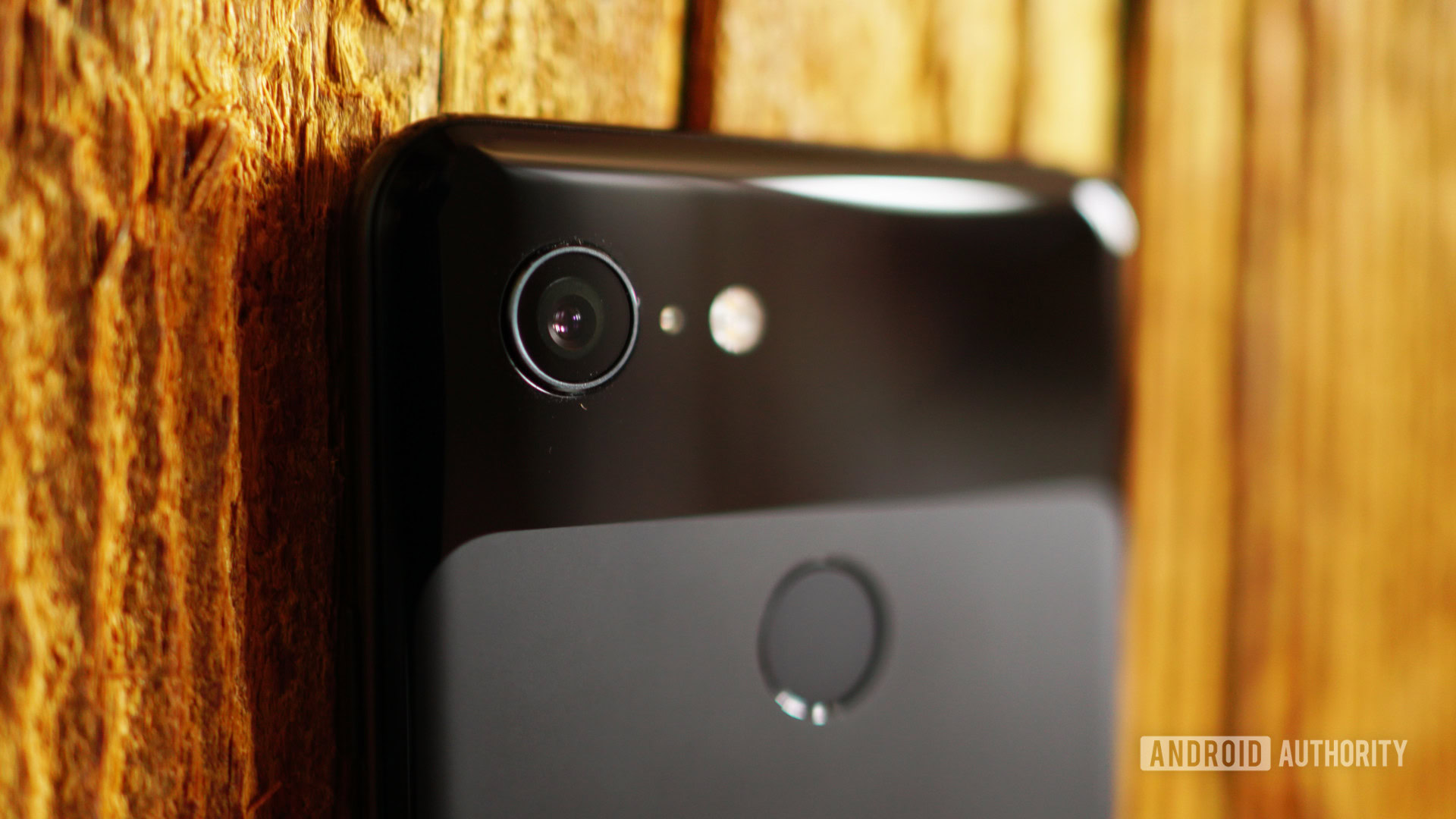
The P20 series offered a rather polished take on the ever-present night mode. HUAWEI’s Night Mode made great use of image stacking and “AI” stabilization to deliver low-light shots unlike anything seen on mainstream phones before. Sure, we still saw noise and blur in many situations, but it was a massive leap ahead of low-light modes seen on previous devices.
Read: Google Pixel 3 Night Sight vs HUAWEI Mate 20 Pro Night Mode
Google took this concept and ran with it on the Pixel 3, using image averaging and machine learning for its Night Sight mode. The end-result was a more impressive night mode than HUAWEI’s offering, at least in some situations. The Pixel 3 even produced good results in almost complete darkness.
The Google and HUAWEI templates have since been adopted by OnePlus, which calls its take on the formula Nightscape Mode.
Good zoom becomes almost a given
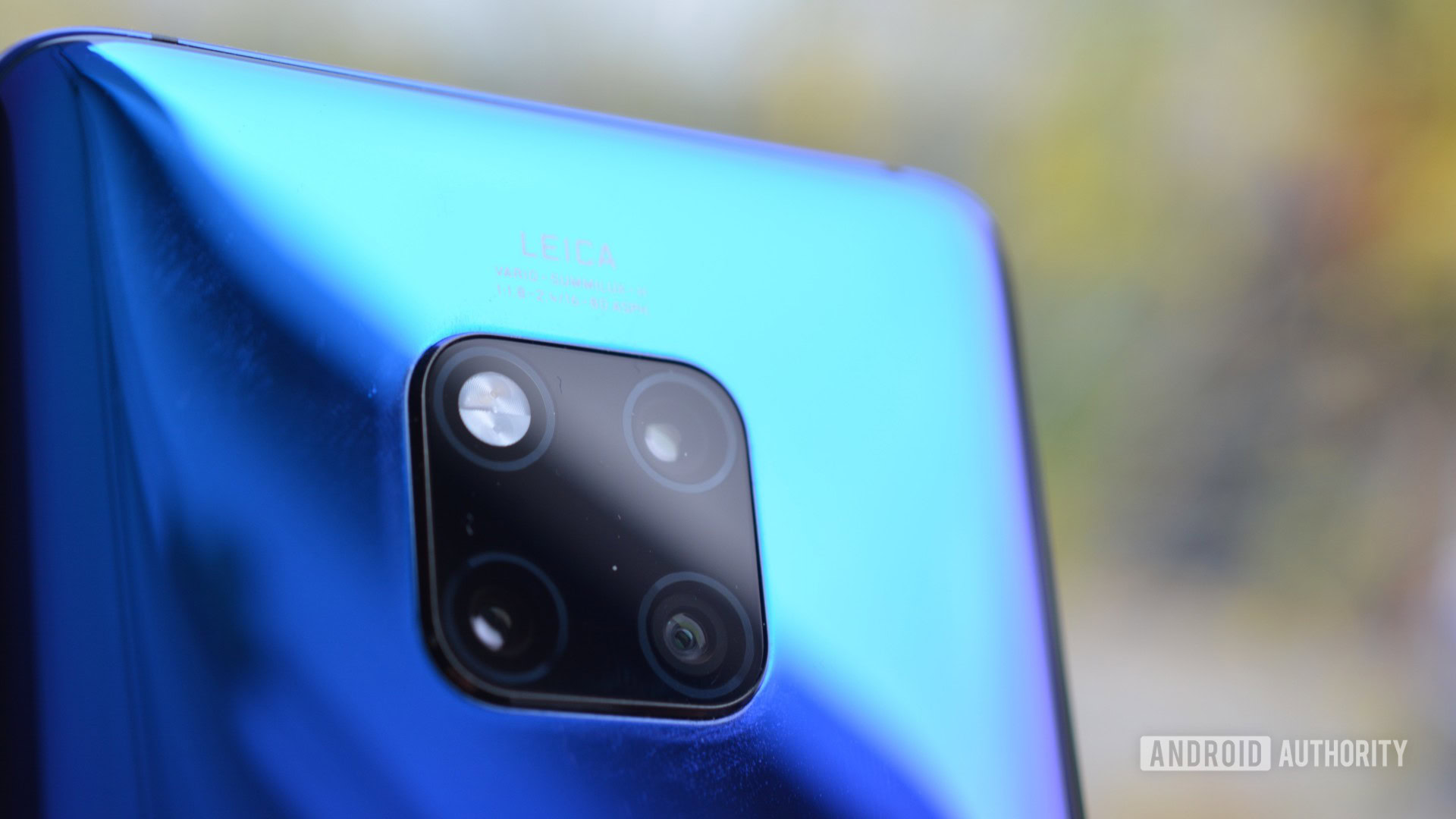
We first saw telephoto secondary cameras with 2016’s iPhone 7 Plus, which delivered 2x zoom a step above your standard digital zoom. This type of camera has only enjoyed more popularity since then, becoming the secondary option of choice for many dual-camera smartphones. In fact, between Samsung, HTC, LG, Xiaomi, and others, it’s tough to find a brand without a secondary telephoto camera in one of its phones.
Google and HUAWEI both joined the zoom party in earnest this year, with the former adopting a Super Zoom technique for better digital zoom. This technique uses handshake-induced judder to create more detailed zoom shots. It’s far from perfect, we found in our Pixel 3 review, but it’s certainly an improvement over traditional zoom.
Meanwhile, HUAWEI’s P20 Pro and Mate 20 Pro used smart image processing to combine data from the 40MP camera and 8MP 3x telephoto camera. The result is a solution called Hybrid Zoom, delivering better results than standard zoom. The company used Hybrid Zoom on its devices before, but the 5X zoom seen on HUAWEI’s 2018 flagships is a clear upgrade compared to its prior attempts (owing to data from the telephoto camera).
With Google and HUAWEI’s efforts with existing telephoto solutions, and it’s tough to find a flagship phone without decent zoom capabilities. Heck, even though LG threw its eggs in the wide-angle basket, it now has a phone with a telephoto camera (the V40).
AI scene detection spreads its wings
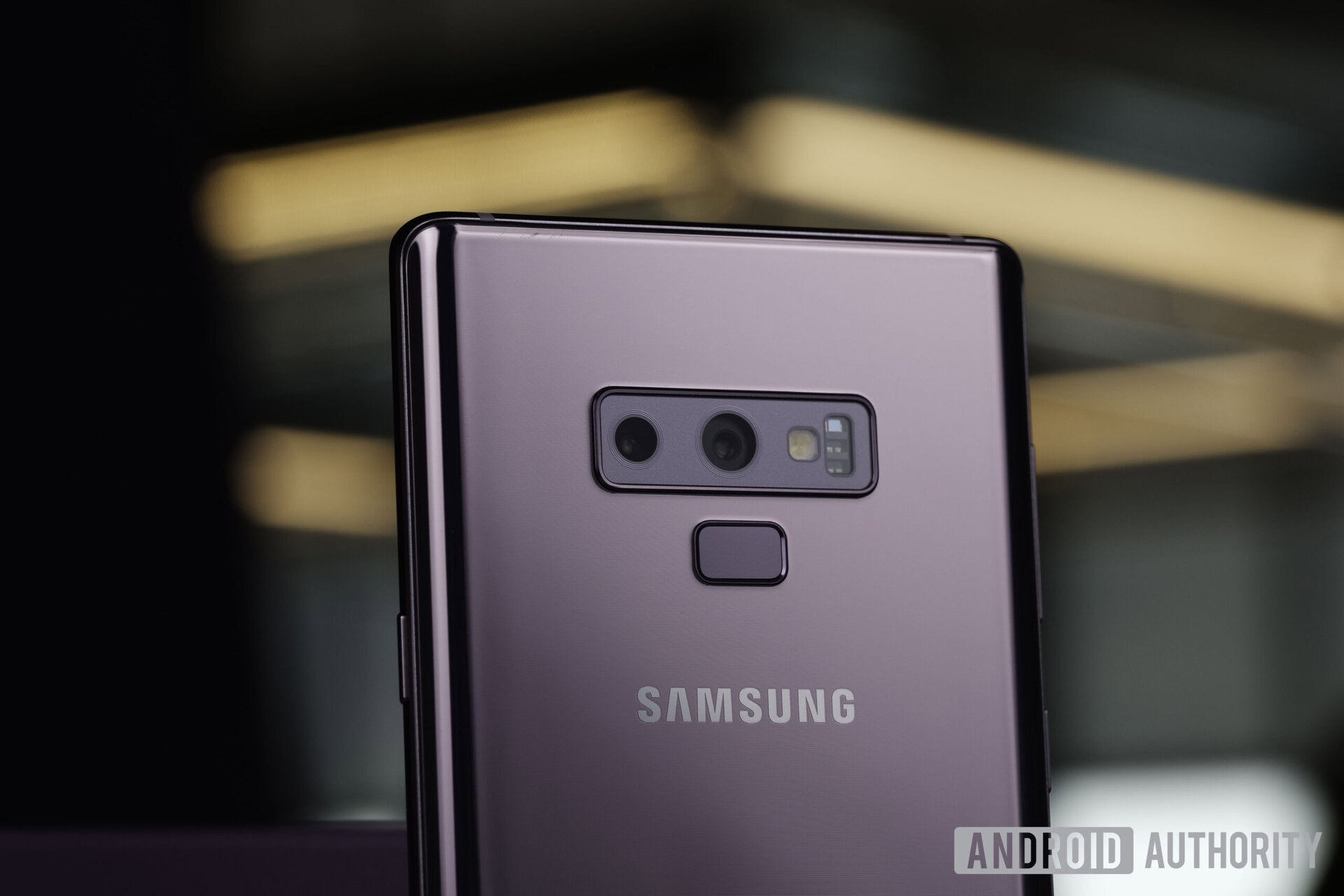
Scene detection is nothing new. Sony offered comparatively basic functionality back in the day, but HUAWEI took the ball and ran with it at the tail end of 2017, bringing AI-powered scene detection to the Mate 10 Pro.
The Mate 10 Pro and HUAWEI’s 2018 flagships recognize way more scenes and objects than prior efforts, at a faster pace too. The Chinese brand also introduced semantic image segmentation technology earlier this year, essentially to account for multiple objects and subjects in a scene.
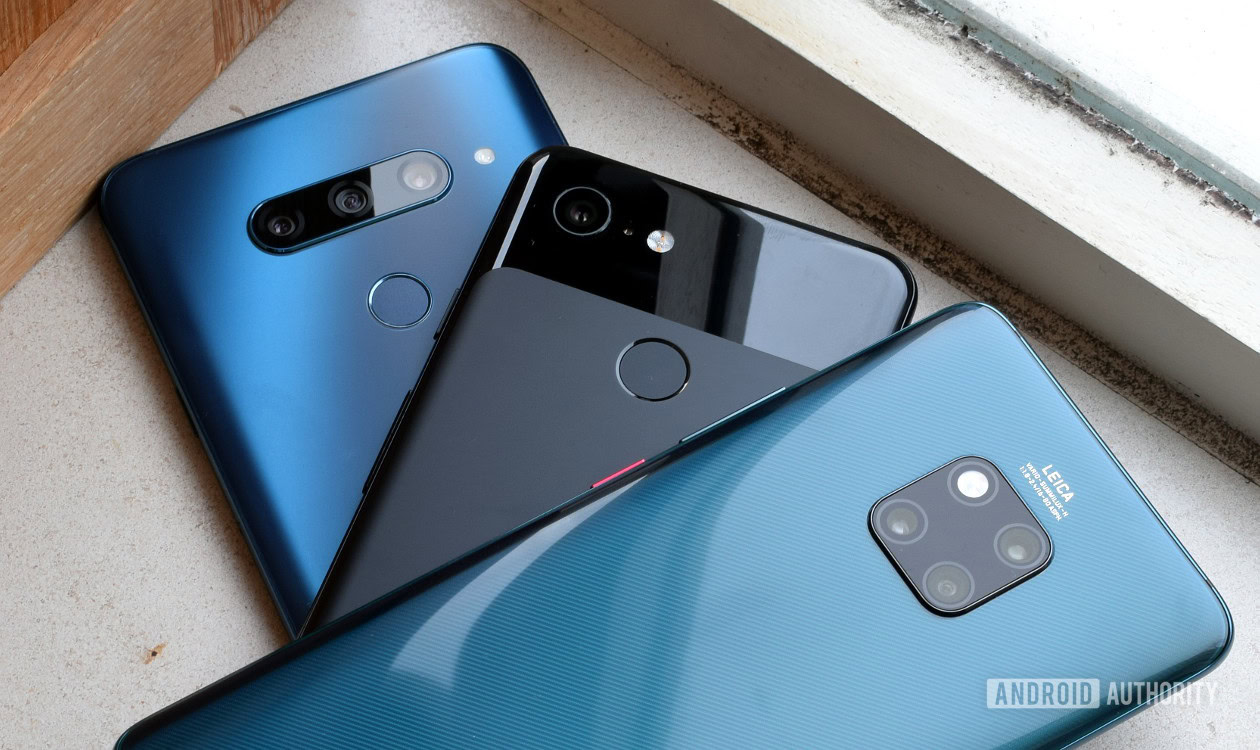
However, the biggest name to adopt AI scene detection in 2018 was Samsung, bringing the feature to the Galaxy Note 9 and calling it Scene Optimizer. It works like HUAWEI’s feature, recognizing 20 scenes and automatically adjusting contrast, brightness, and other factors for a better shot. The Korean firm’s decision to include the function is no small matter, as it traditionally waits a while before adopting new features.
Samsung also confirmed the feature is (or will be) available on the Galaxy A7, Galaxy A9, and Galaxy S9 series. With HUAWEI, OPPO, and Xiaomi bringing the feature to cheaper phones already, it seems like faster, more accurate scene recognition could be a major feature in 2019’s mid-range handsets.
Selfies are better across the board
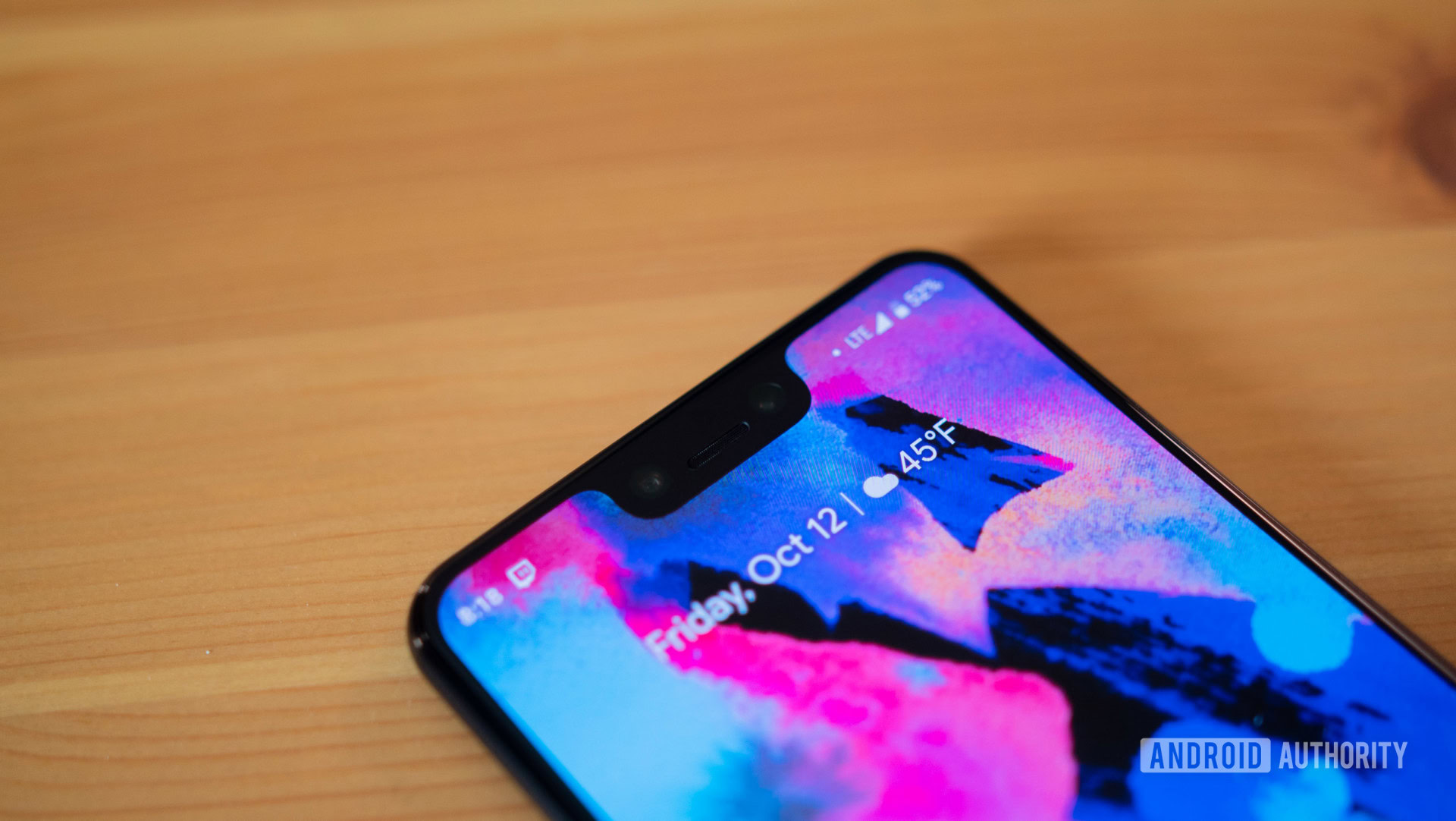
Front-facing cameras were arguably treated as an after-thought in 2017, as we saw bog-standard 5MP and 8MP cameras slapped on most flagships. Granted, the Pixel 2 had a great portrait mode, but this was the exception. In 2018, it seemed like almost every brand tried to bring better selfie shooters.
Apple’s iPhone XS series adopted smarter HDR for rear and front-facing cameras, allowing you to capture faces in challenging light conditions. HUAWEI’s phones also saw a similar feature this year, dubbed HDR Pro or AI HDR on some phones, giving you a clearer image of your face in backlit situations.
Google’s Pixel 3 may have taken the cake with its selfie cameras, featuring an 8MP standard-angle camera and an 8MP wide-angle snapper. A wide-angle secondary selfie camera isn’t new (although it’s certainly welcome), but the feature called Synthetic Fill Flash is new. The camera app identifies human faces and automatically highlights them, reducing the need to take extra shots or tinker in a photo editor.
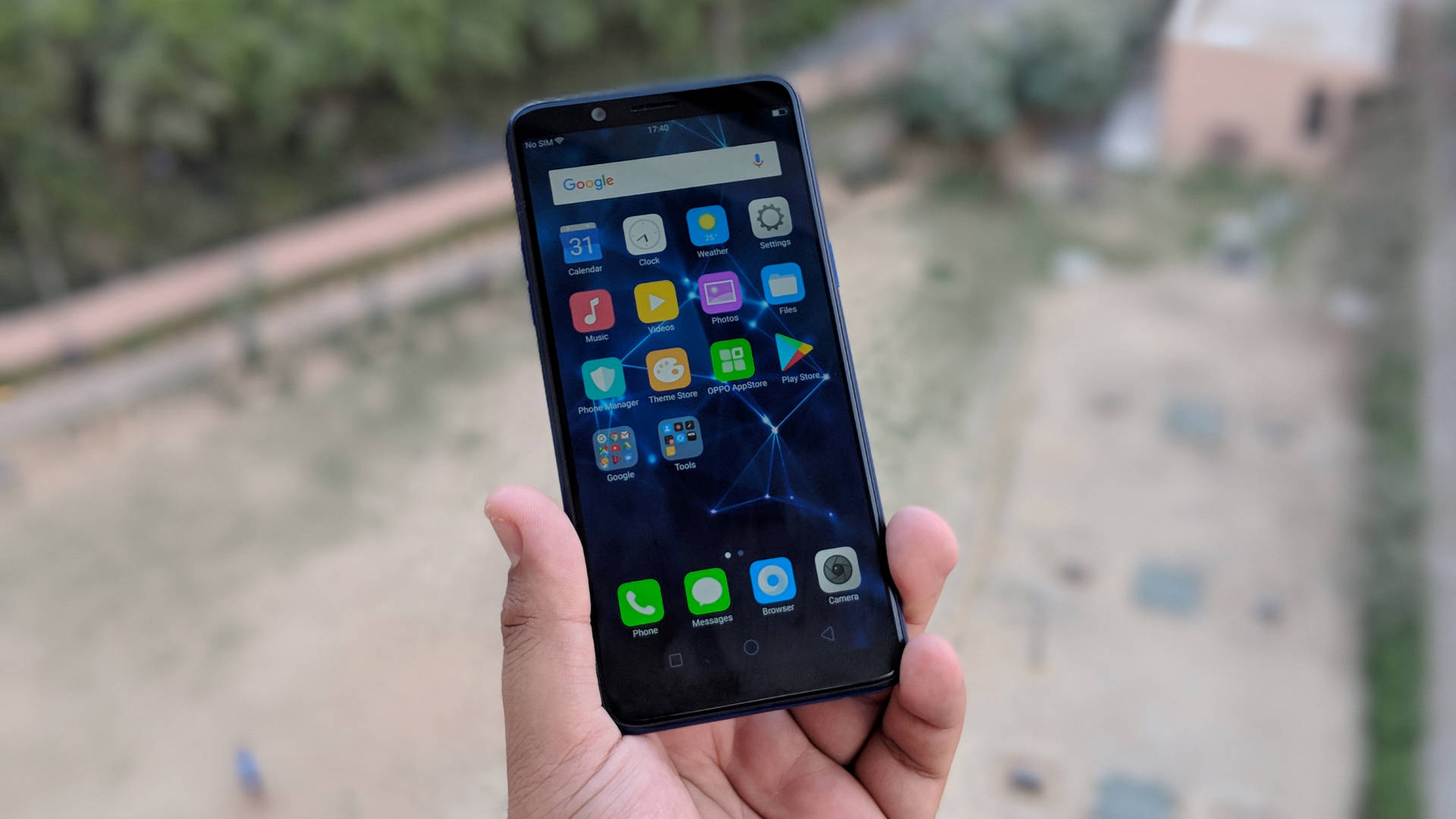
These are just a few examples from the high-end of the market. We also saw plenty of other phones focus on selfies in 2018. In fact, a stream of cheaper devices actually had higher resolution cameras this year, which sounds a little counterintuitive at first. After all, conventional wisdom says a lower resolution camera is usually better for low-light snaps (if everything else is identical to the higher resolution camera).
However, Xiaomi, HUAWEI, HONOR, and OPPO offered 16MP, 24MP or 25MP selfie cameras this year. Quite a few brands used pixel-binning to achieve better low-light results, which essentially combines several pixels into one to increase a camera’s low-light sensitivity, at the expense of resolution.
That means a pub selfie with the Xiaomi Redmi S2‘s 16MP snapper actually takes a 4MP shot. When you toss techniques like image stacking into the fray, you get a better selfie camera than ever before — at least on paper.
What does 2019 hold for mobile cameras?
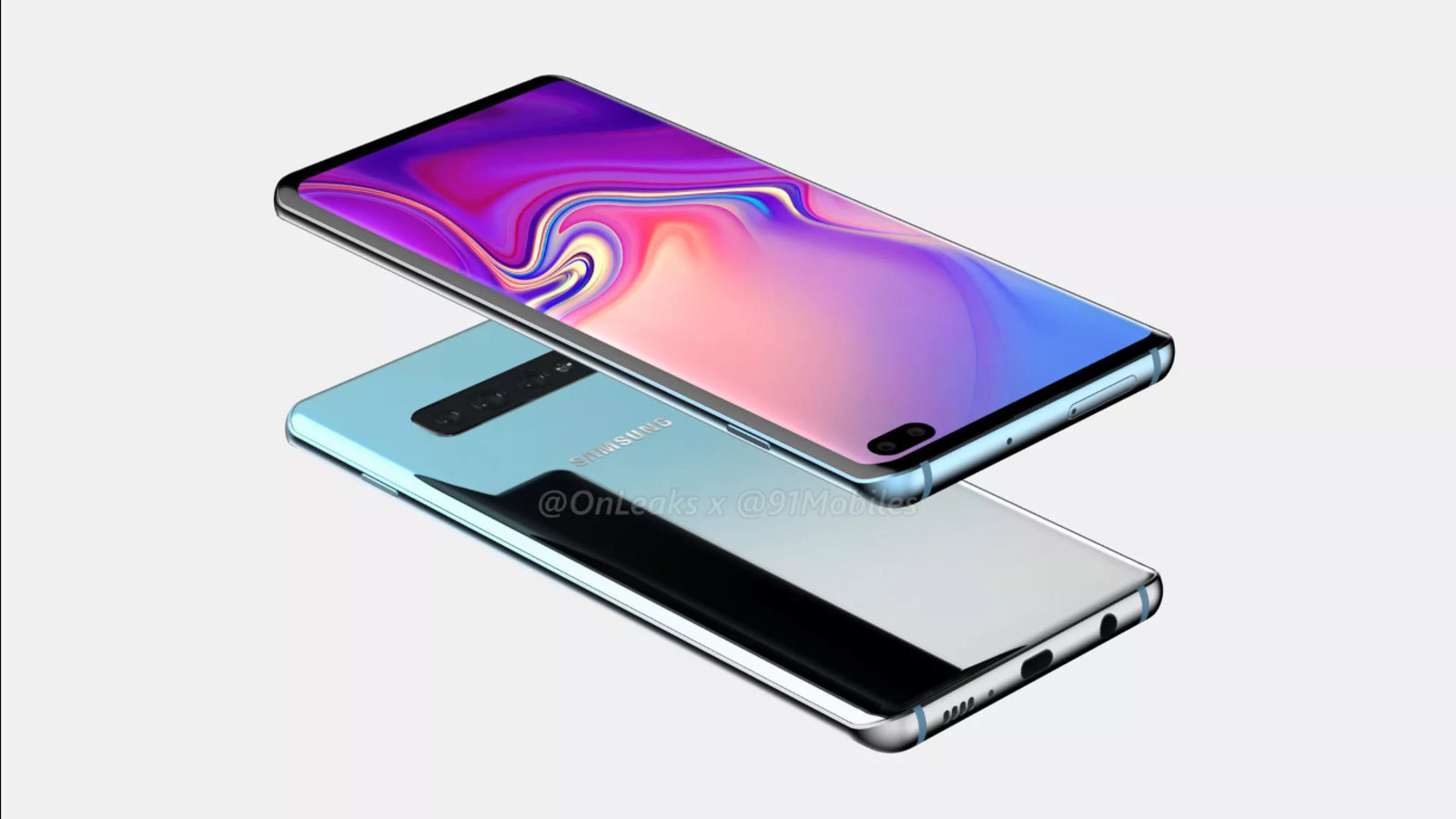
Triple-camera setups certainly look like the flagship smartphone camera trend of 2019. The flexibility it brings means we’ll finally have a camera for almost every situation. The Galaxy S10 is heavily rumored to offer three rear cameras, so don’t be surprised if HTC, LG, Sony and others jump on the bandwagon.
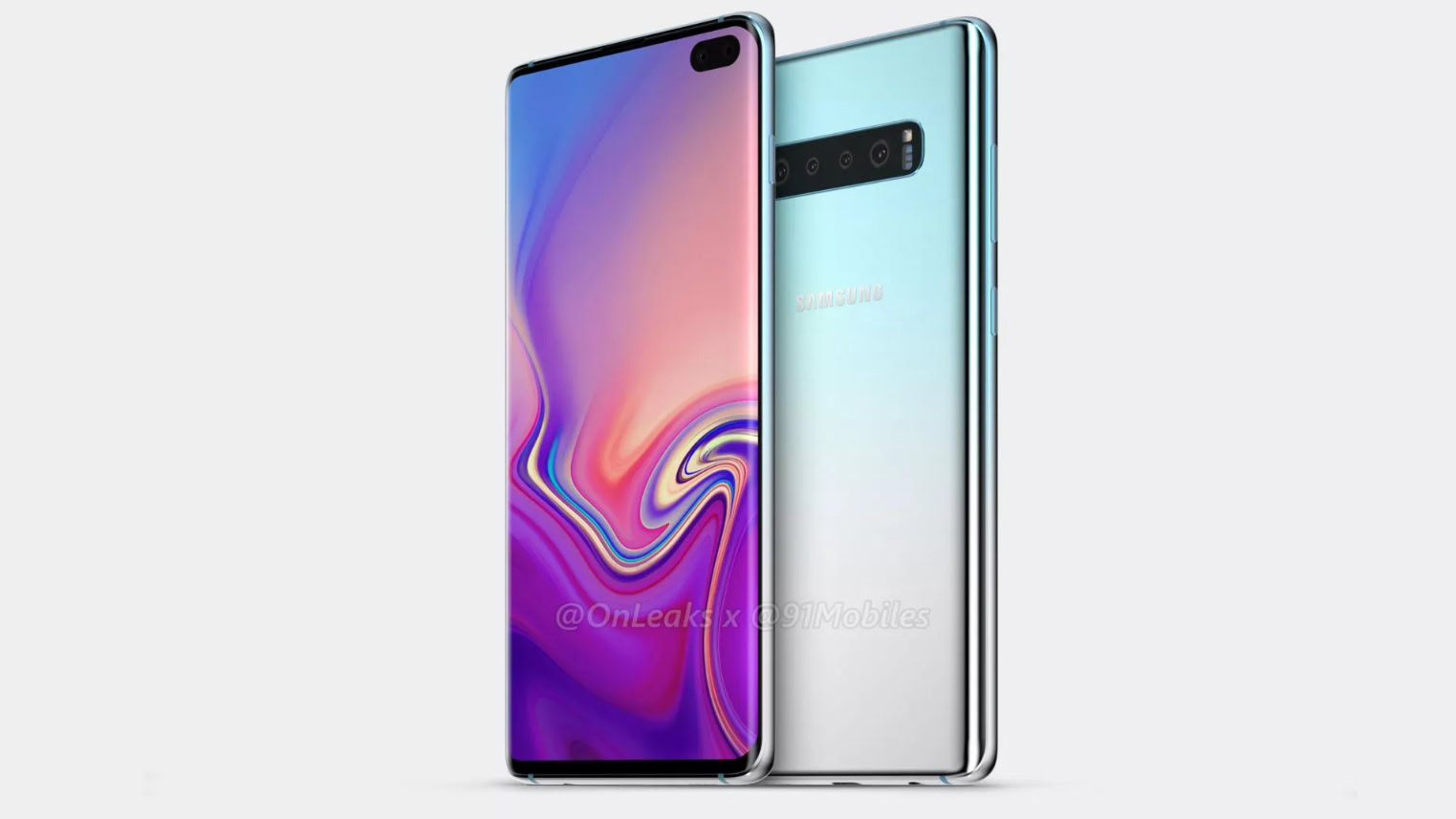
AI-enabled cameras also played a major part in 2018, and as machine learning silicon becomes more advanced, we can only expect camera-related AI to become more versatile. In fact, Qualcomm‘s Snapdragon 600 series and MediaTek‘s latest chipsets are even bringing AI power to mid-range phones, opening the door for AI cameras on cheaper devices.
Then there’s the increasingly popular night mode feature, which gives us better low-light snaps than ever before. This would be a welcome addition to budget phones in 2019, which traditionally struggle the most in low light. With companies like MediaTek investing in features like AI noise reduction, it looks like 2019 might be the year low-light photography takes a big step forward on cheaper phones.
What do you expect from smartphone cameras in 2019? Give us your thoughts in the comments section.
NEXT: What will smartphones of the future look like? Here are 6 (crazy) predictions